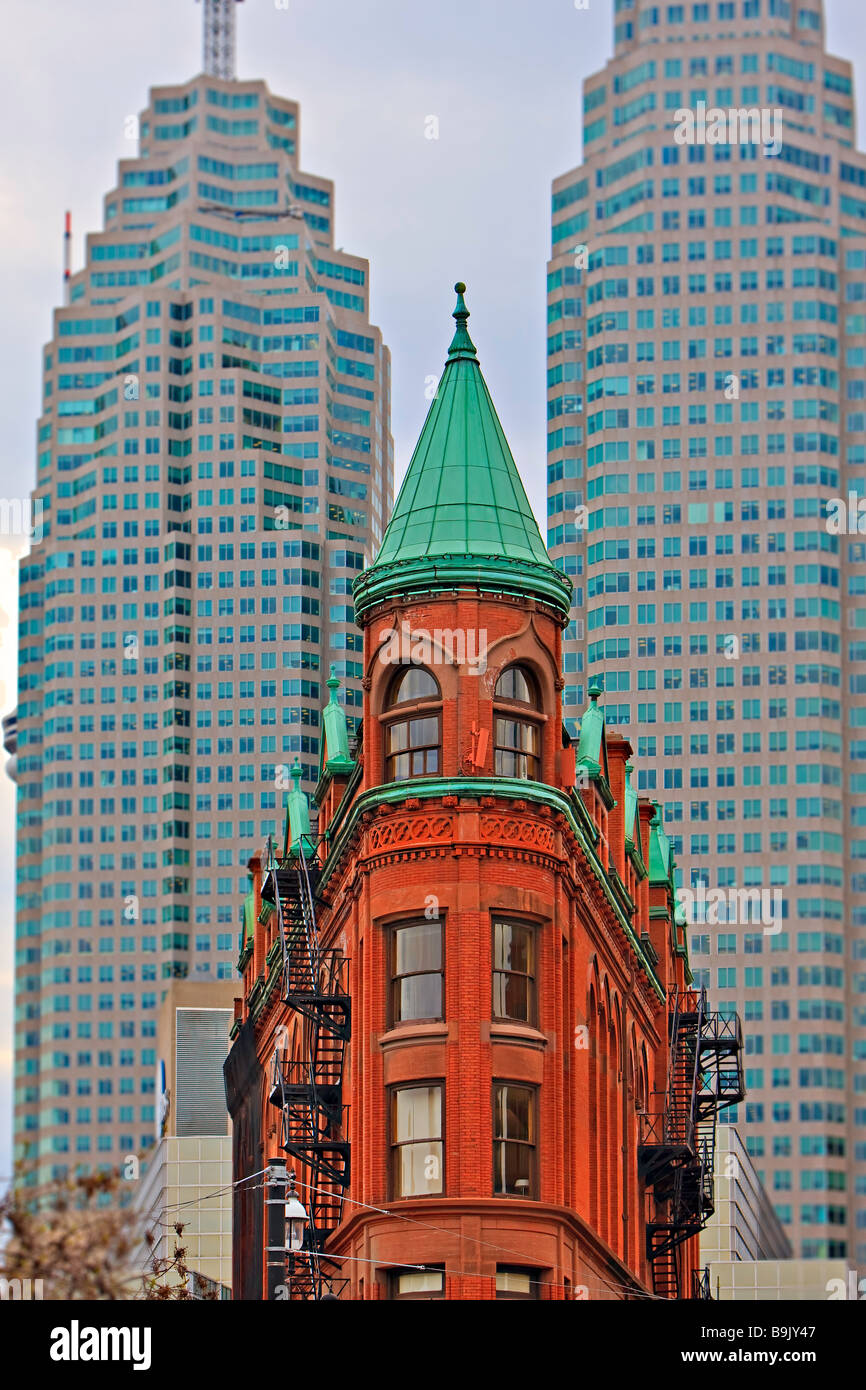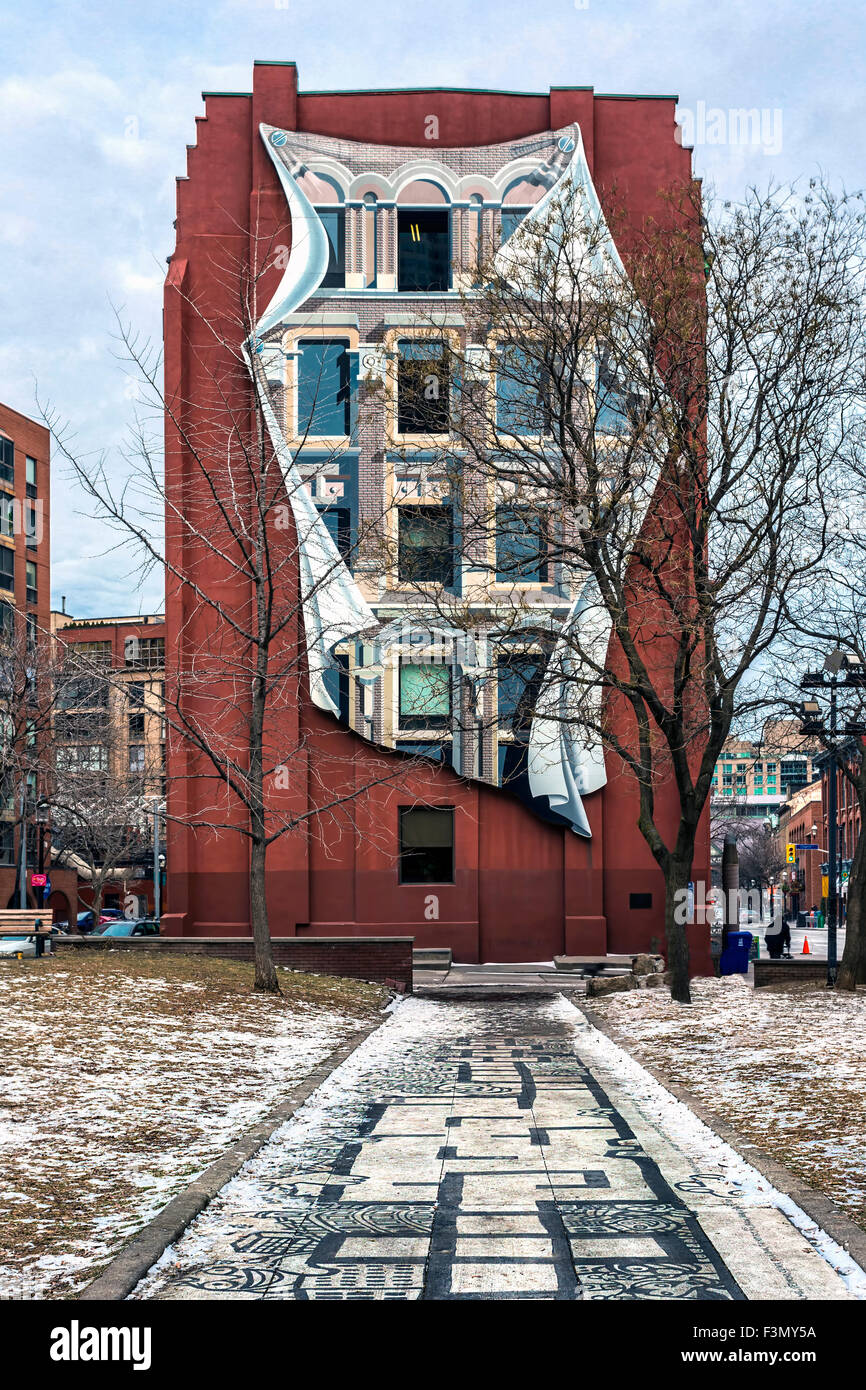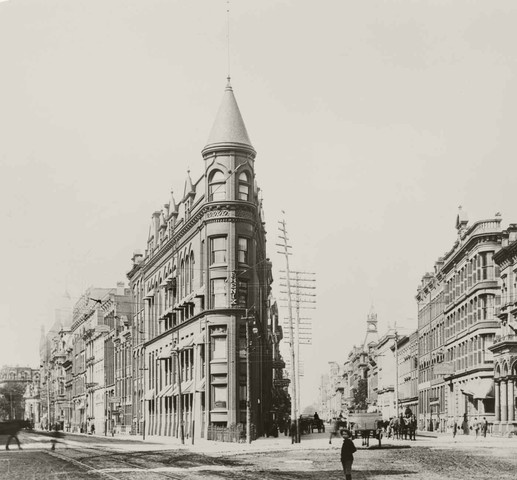Gooderham Building ON: Learn About Why It's Famous, Full Address Details, and Close Landmarks.: Seasonal Weather and Close-by Spots Can Make It Memorable.
Gooderham Building ON: Learn About Why It's Famous, Full Address Details, and Close Landmarks.: Seasonal Weather and Close-by Spots Can Make It Memorable.
Blog Article
Reveal the Rich History Behind the Gooderham Building in Toronto
The Gooderham Structure, an excellent symptom of Richardsonian Romanesque architecture in Toronto, has a fabled past that expands past its striking red brick façade. Appointed by the prominent Gooderham and Worts distillery in 1891, this structure has actually played a crucial duty in shaping the city landscape of the St. Lawrence Market location.

Beginnings of the Gooderham Building
Building a long lasting tradition, the Gooderham Building, also referred to as the Flatiron Structure, became an icon of Toronto's building advancement in the late 19th century. The structure's beginnings trace back to 1891 when it was appointed by the Gooderham and Worts distillery, one of copyright's biggest distilling business. Created by architect David Roberts Jr. Gooderham Building address., the structure was distinctively placed at the crossway of Front and Wellington Streets, capitalizing on a triangular lot created by the convergence of these thoroughfares
The structure's building and construction made use of regional red brick and terracotta, developing an unique visual that complemented the blossoming cityscape. Initially planned to house the Gooderham and Worts offices, the structure represented the prosperity of the distillery, which had actually ended up being a considerable factor to Toronto's economic situation. Notably, the completion of the Gooderham Building accompanied a duration of fast urbanization that identified the age.
The establishment of this architectural gem not only showcased ingenious layout but likewise prepared for future growths in Toronto. Today, it stands as a testament to the city's abundant history and versatility, remaining to draw in visitors and admirers from around the world.
Architectural Significance
The architectural importance of the Gooderham Structure prolongs past its distinctive flatiron form, showing the innovative spirit of late 19th-century layout. Finished in 1892, the structure exhibits the Richardsonian Romanesque design, defined by its robust masonry, rounded arcs, and complex outlining. The vibrant use different products, particularly the warm red brick and sedimentary rock accents, boosts its aesthetic allure and shows the workmanship of the era.
The structure's three-story style is remarkable for its unified percentages and classy cornice, which add to its legendary silhouette against the Toronto skyline. The slim whole lot on which it stands postured one-of-a-kind obstacles, yet the architects, in this case, designed a framework that made best use of the readily available room while preserving aesthetic balance.
Additionally, the Gooderham Building is a testimony to the flexibility of architectural design in urban settings. Its long-lasting visibility among contemporary developments illustrates the worth of maintaining historical style as a means of recognizing a city's past. Today, it stays a precious site, mirroring both the building patterns of its time and the advancing story of Toronto as a vivid city center.
Role in Toronto's Growth
Arising as an essential player in Toronto's city landscape, the Gooderham Building contributed considerably to the city's growth throughout the late 19th century. The building was at first made to serve as a stockroom for the Gooderham and Worts distillery, which was one of the biggest distilleries in the British More Bonuses Realm.
As the city expanded, the Gooderham Building became a crucial component of the St. Lawrence Market location, which was a center of profession and business. Its distinct building design and popular presence drew attention, influencing the layout of subsequent buildings around. Additionally, the building's survival via different financial changes and metropolitan developments reflects the strength and versatility of Toronto's historical landscape. Essentially, the Gooderham Structure is not simply a building site; it played a crucial duty in shaping Toronto's identification and financial development during a transformative period in its background.
Cultural Effect and Heritage
Gooderham Structure's unique architectural design and historical value have left an indelible mark on Toronto's social landscape. As one of the city's most identifiable sites, its distinct flatiron shape and detailed brickwork exhibit the Victorian architectural trends of the late 19th century. This structure not only acts as a visual support in the St. Lawrence community but likewise embodies the spirit of a burgeoning city throughout an age of financial development.
The building has actually ended up being a sign of Toronto's abundant history, motivating neighborhood artists and digital photographers that seek to catch its beauty. Its presence has actually cultivated a sense of neighborhood identity, adding to the story of city advancement. The Gooderham Structure has played a critical duty in the tourism sector, attracting site visitors excited to discover its fabled past and architectural charm.
Along with its visual charm, the building encapsulates a narrative of strength and adjustment, as it has actually transitioned via numerous uses over the decades - Gooderham Building address. Thus, the Gooderham Structure stands not only as a monument of building importance but also as a testimony to the developing social heritage of Toronto

Remediation and Conservation Initiatives
Countless restoration and preservation efforts have actually been embarked on to guarantee the Gooderham Structure continues to be an essential part of Toronto's architectural heritage. Initially finished in 1892, the structure has gone through significant restorations to address architectural concerns while preserving its historical honesty. The most remarkable restoration took place in the late 20th century when the structure was carefully refurbished to satisfy modern-day safety and security requirements without compromising its original design components.
These efforts included fixing the distinctive red-brick façade, restoring the legendary triangular shape, and protecting the elaborate stonework details. Additionally, the structure's interior has actually seen mindful updates that appreciate its historic significance, making sure that initial functions such as wood light beams and decorative moldings are maintained.
The Gooderham Building is now shielded as a designated heritage residential or commercial property under the Ontario Heritage Act, which helps safeguard it from unsuitable changes. Neighborhood engagement has played a critical duty in these preservation initiatives, with regional campaigning for groups raising recognition about the structure's historical significance. Because of this, the Gooderham Building stands not just as a useful area yet also as a testimony to Toronto's rich architectural background and withstanding cultural tradition.
Conclusion

Please visit one of our local supporters - Gamerama And The Repair Store - Toronto Iphone Repair
Report this page